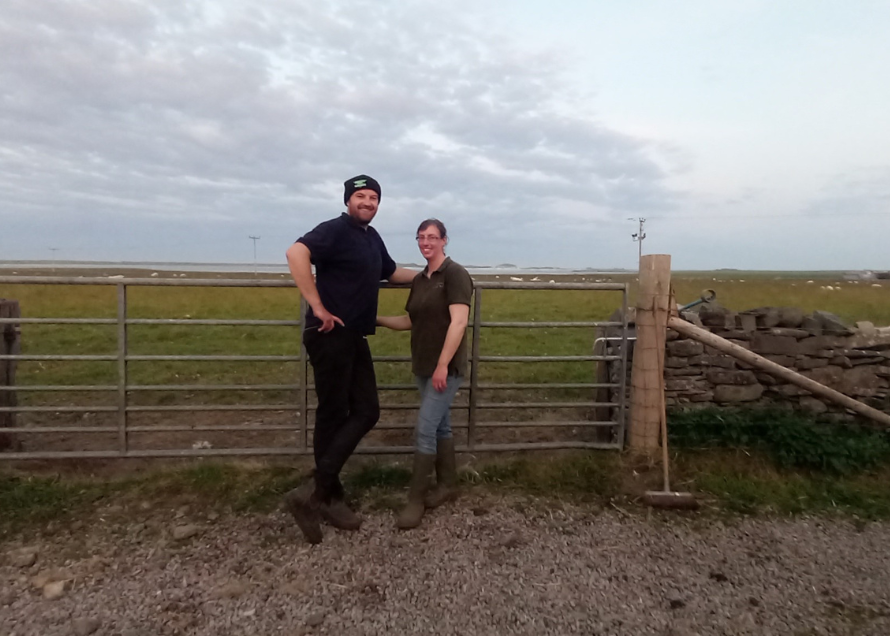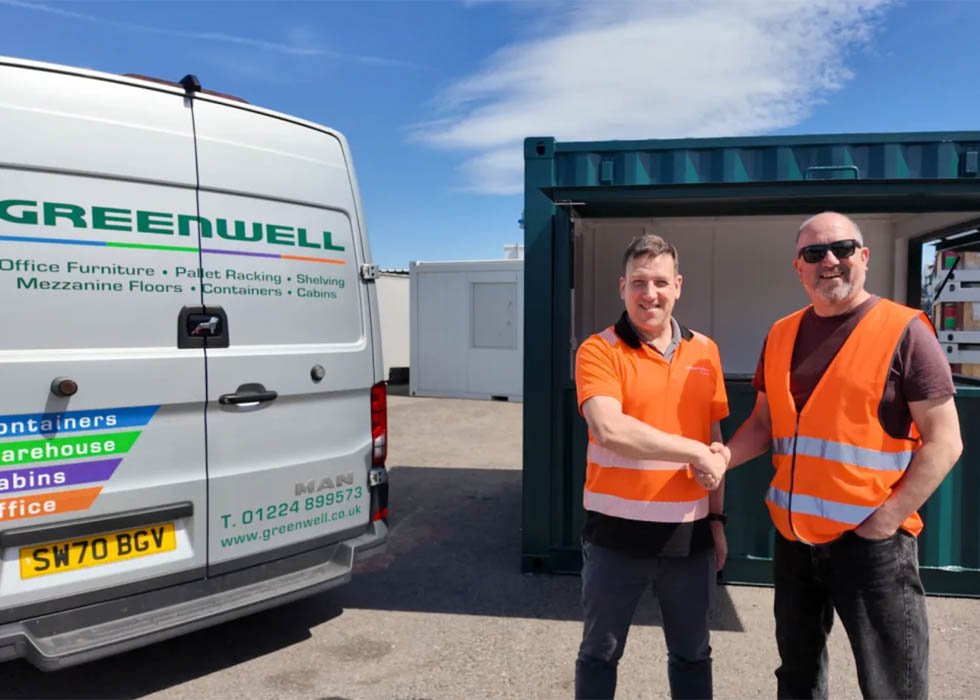A RISK management specialist is urging Scotland’s farmers not to relax safety standards after official figures revealed a drop in the number of fatalities in the British agricultural industry – with two deaths across Scotland1.
Latest figures from the Health and Safety Executive (HSE) reveal that 25 people were killed in the agriculture sector in 2021/222 – 16 fewer than last year.
Alex Cormack, of Lycetts Risk Management Services, said: “This drop in fatalities is to be welcomed. But, while it is encouraging news, I would urge those who work in the industry not to become complacent.”
Fatal injuries were most commonly caused by people being struck by moving vehicles. This was followed by being struck by an object, contact with machinery, falls from height and animal-inflicted deaths.
The latest figures suggest considerable progress in agricultural risk management since the early 1980s, when there were around double the number of fatal injuries. This year’s total number of fatalities, which includes three members of the public, is the second lowest number of deaths recorded in the last five years.
Agriculture, however, remains the riskiest industry to work in, with fatal injuries around 18 times higher than the ‘all industry rate’.
A 21-year-old farm worker in Scotland was killed when she fell into a barley drill.
In the other incident, a 21-year-old farm worker was killed when she was trapped under an ATV quad bike.
Cormack added: “Figures for the last five years reveal that more self-employed workers are killed than employed workers, suggesting that while employers may be taking care to implement health and safety measures, and educate and train their staff, they are not giving their own personal safety enough attention.
“Death and injury can have a devastating effect on families, as well as destroying businesses, yet risk-taking seems to be an underlying problem in the industry.
“Some fatalities can be attributed to freak accidents, but others could be avoided by adopting a more rigorous approach to safety. Risk assessments should be thorough, all appropriate training should be undertaken, and safety policies should be implemented.”

































